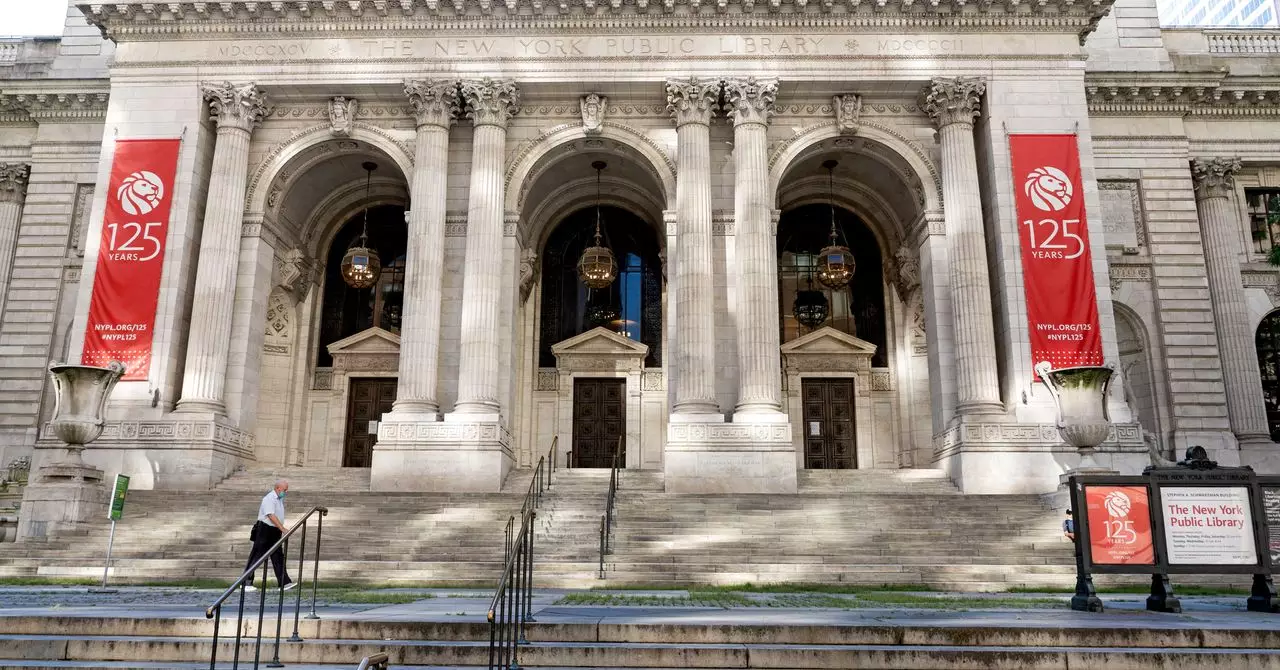In a move that reverberates through the cultural fabric of the United States, the Trump administration has orchestrated significant cuts to the Institute of Museum and Library Services (IMLS), a federal entity essential for funding educational and cultural resources nationwide. This drastic action, undertaken in collaboration with Elon Musk’s so-called Department of Government Efficiency (DOGE), has effectively decimated staffing levels and funding allocations, putting numerous programs at risk. The abrupt decision to place 77 employees on paid administrative leave not only jeopardizes current funding initiatives but also casts a shadow over the future of library and museum services across the country.
These cuts come in the wake of the installation of Keith Sonderling as acting director of IMLS, a choice that raises eyebrows given his previous affiliations and the hastiness of the decision-making process. It also begs the question: What vision does the administration have for cultural institutions? The email communication from Sonderling and DOGE underscores a troubling narrative centered on promoting a narrow view of American patriotism, which seems to neglect the multifaceted contributions that libraries and museums make to society.
A Disconnect With Community Needs
The implications of these cuts are wide-ranging and deeply concerning. From student field trips to essential digital resources like the ebook platform Libby, communities across the nation are witnessing firsthand the impact of these decisions. These entities serve as vital hubs of learning, creativity, and connection, particularly for marginalized populations who are often reliant on such services. Each dollar that IMLS allocates is more than just funding; it signifies support for underserved communities, encouragement for lifelong learning, and investment in the future.
By placing the future of such invaluable resources in jeopardy, the administration not only undermines the immediate operational capabilities of libraries and museums but also stifles the potential for educational growth that transcends socioeconomic barriers. The data reveal a stark reality; the agency’s annual budget amounts to less than a single dollar per person in the United States. It is inconceivable that in a nation that prides itself on progress and access, such a minimal investment is seen as expendable.
Widespread Consequences: The Ripple Effect
The ramifications of these funding cuts extend far beyond the layoffs at IMLS. With approximately $269.5 million awarded to library and museum systems in the previous year, thousands of projects relying on federal support are now in grave jeopardy. Many of these grants were already earmarked for critical initiatives, such as arts education and senior programs—a heart-wrenching reality as communities witness resources evaporate overnight. For instance, an art museum in Idaho was anticipating using $10,350 for student trips, while a North Carolina institution aimed to foster creativity among seniors through specific workshops.
Moreover, the stakes are particularly high in states like California and Texas, which were set to receive millions in funding, enhancing statewide educational initiatives and local museum programs. The withdrawal of federal assistance threatens not only individual projects but the broader networks that facilitate interconnectivity among educational institutions. As local governments grapple with their own budgetary constraints, cultural programs may be among the first casualties.
A Call to Reconsider Priorities
First and foremost, it is crucial to scrutinize the motivations behind such drastic measures. Are these cuts in service of a greater efficiency, or are they part of a concerted effort to reshape the narrative surrounding American culture? Such decisions prompt an essential dialogue about the values we uphold as a society. By prioritizing short-term fiscal strategies over long-term cultural enrichment, we risk eradicating the very institutions that foster knowledge, empathy, and creative expression.
Now more than ever, there is an urgent need for advocates to rally in defense of libraries and museums, to voice the indispensable role they play in civil society. Marginalized voices, innovative ideas, and diverse cultures find sanctuary in these institutions. The current trajectory poses an existential threat to these essential pillars; it compels us to question our values and priorities. We must ask ourselves: What kind of legacy do we aspire to create for future generations of Americans? The answer may dictate not just the fate of museums and libraries, but the very essence of who we are as a nation.

